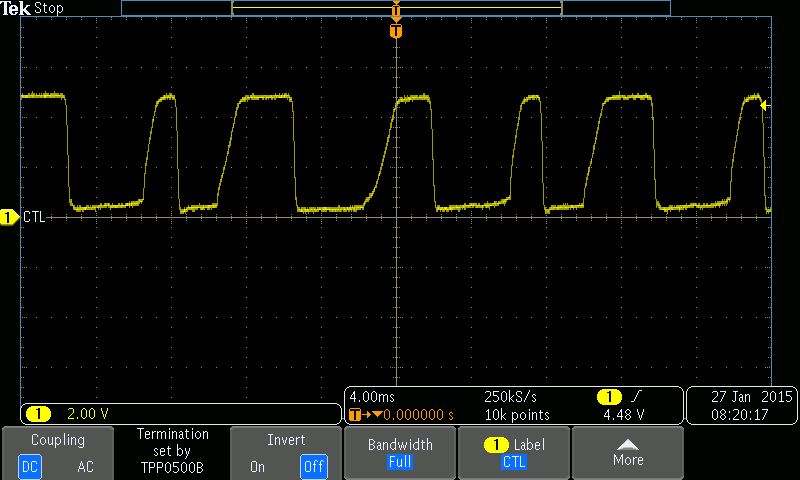Hi,
We are using TPS23753 IC as PoE controller IC and generating 5V output. It is generating 5V output but sometimes its output is not constant. It is fluctating. I have attached the snapshot of output. We also probed its switching frequency when we got this issue, its switching frequency is also not proper. There is so much variation in it. Snapshot for that is also attached. I have also attached the schematic for this design.
When we are getting smooth output, then there is no fluctation in output and switching frequency.
Please help us to resolve this issue.PoE.zip



